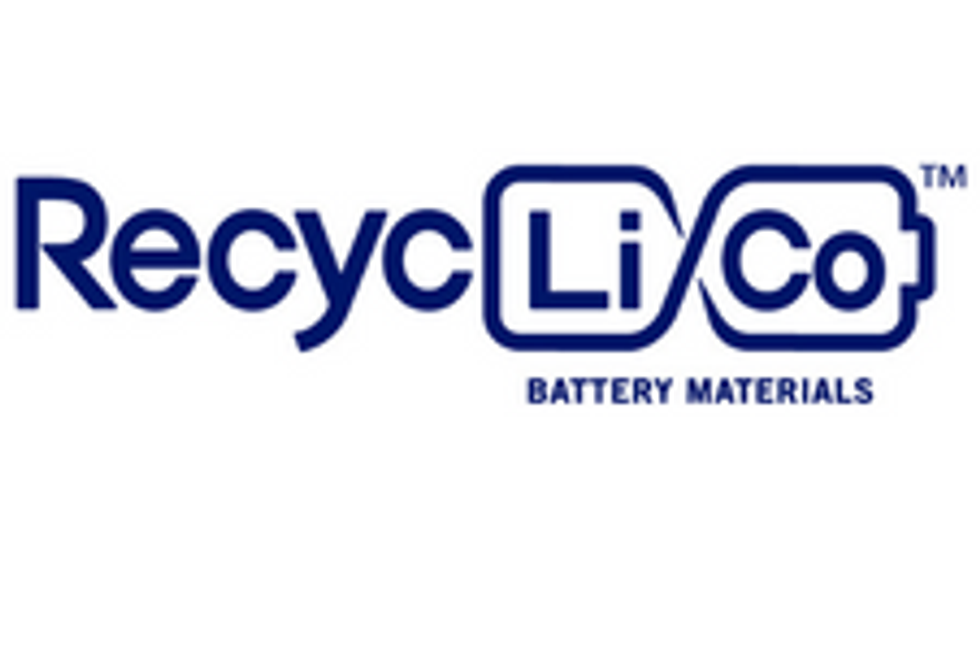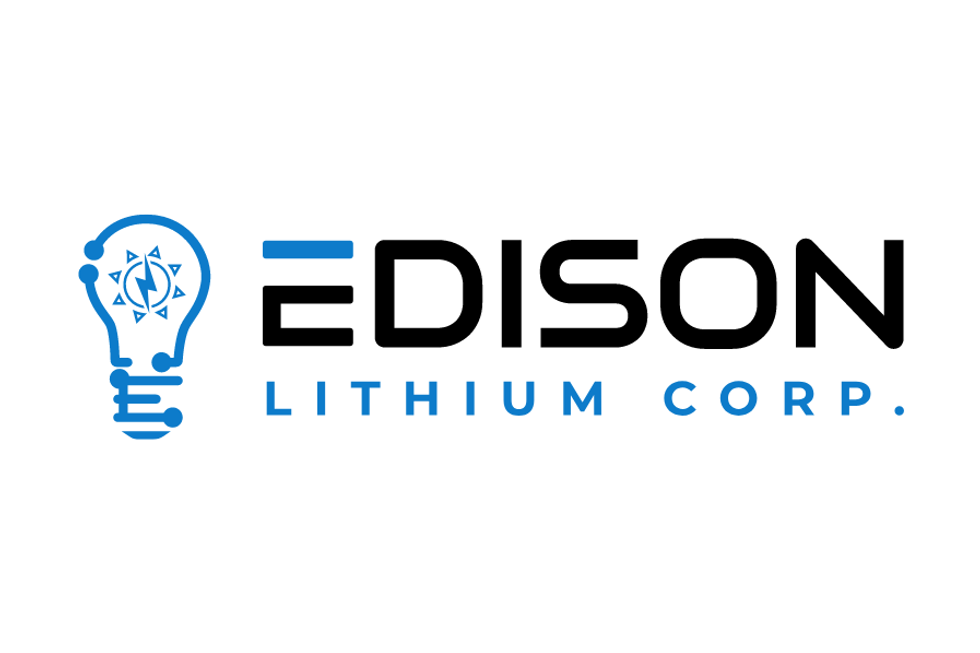- AustraliaNorth AmericaWorld
Investing News NetworkYour trusted source for investing success
- Lithium Outlook
- Oil and Gas Outlook
- Gold Outlook Report
- Uranium Outlook
- Rare Earths Outlook
- All Outlook Reports
- Top Generative AI Stocks
- Top EV Stocks
- Biggest AI Companies
- Biggest Blockchain Stocks
- Biggest Cryptocurrency-mining Stocks
- Biggest Cybersecurity Companies
- Biggest Robotics Companies
- Biggest Social Media Companies
- Biggest Technology ETFs
- Artificial Intellgience ETFs
- Robotics ETFs
- Canadian Cryptocurrency ETFs
- Artificial Intelligence Outlook
- EV Outlook
- Cleantech Outlook
- Crypto Outlook
- Tech Outlook
- All Market Outlook Reports
- Cannabis Weekly Round-Up
- Top Alzheimer's Treatment Stocks
- Top Biotech Stocks
- Top Plant-based Food Stocks
- Biggest Cannabis Stocks
- Biggest Pharma Stocks
- Longevity Stocks to Watch
- Psychedelics Stocks to Watch
- Top Cobalt Stocks
- Small Biotech ETFs to Watch
- Top Life Science ETFs
- Biggest Pharmaceutical ETFs
- Life Science Outlook
- Biotech Outlook
- Cannabis Outlook
- Pharma Outlook
- Psychedelics Outlook
- All Market Outlook Reports
Galan Lithium’s Mineral Resource for Argentina Project Beats Expectations
Looking ahead, Galan Lithium will work on additional drilling within the Hombre Muerto West and Candelas North projects.

Australian explorer and developer Galan Lithium (ASX:GLN) has published a mineral resource estimate for its Hombre Muerto West lithium brine project in Catamarca, Argentina, which has exceeded the company’s expectations of grade, purity and size.
Inferred mineral resources for the Pata Pila and Rana de Sal areas stand at 1,080,775 tonnes of contained lithium carbonate equivalent (LCE) grading 946 milligrams per liter (mg/l) lithium, with no cut off.
“This inferred resource helps to consolidate Galan’s scoping and prefeasibility study and has exceeded the company’s expectations significantly, further validating the high-grade, low impurity nature of the Hombre Muerto West and Candelas projects,” Managing Director Juan Pablo Vargas de la Vega said.
Last September, the company published a maiden resource for Candelas’ North Zone; it stands at 684,850 tonnes of contained LCE with an average grade of 672 mg/l at a 500 mg/l cut off.
With the maiden JORC report for Hombre Muerto West, Galan’s combined mineral resource is up by 158 percent from 685,000 tonnes LCE at 672 mg/l lithium to 1.77 million tonnes LCE at 837 mg/l.
Looking ahead, Galan Lithium will work on additional drilling within the Hombre Muerto West and Candelas North projects.
“Going forward we continue to work on our prefeasibility study, which we hope to finish on the first half of next year, and in the second half of this year we would like to have the commencement of a pilot plant and construction at site,” Vargas de la Vega told the Investing News Network (INN).
When asked about how Galan Lithium is prepared to face volatility in the space in the next few years, Vargas de la Vega said it presents an opportunity.
“Volatility will show what is the difference between a good, strong exploration project and others,” he said. “Galan has a project with high grade, low impurities and we have a very unique project — we believe we will have the strongest project in Argentina because Hombre Muerto is the second best salt flat in operation today in the world.”
Hombre Muerto is located in the lithium triangle in Argentina, where top producer Livent (NYSE:LTHM) has been in production for over 27 years. Other neighbours include Galaxy Resources’ (ASX:GXY) Sal de Vida and South Korea’s POSCO (NYSE:POSCO), which purchased tenements in the area from Galaxy for US$280 million last year.
Speaking with INN on the sidelines of this year’s Prospectors & Developers Association of Canada convention, Vargas de la Vega also shared his thoughts on the current COVID-19 outbreak, saying that despite the worries, lithium fundamentals remain strong.
“There’s no question that there’s a bit of worry in the market about it … but this is a short-term shock,” he said. “There could be a delay in demand for lithium, it’s really impacting the junior sector as people are being more cautious about investing at this stage.
Speaking about the main challenges in the lithium space right now, Vargas de la Vega pointed to funding.
“The current lithium space is in an oversupply … we’ve seen the volatility in the space very strongly, but the market (needs to) fully understand the dynamics and understand this oversupply of lithium will be short-term lived,” he said.
At the same time, there’s a gap, he added, because it takes time from investing to mining.
“So we might see a rally all over again, but the key catalyst for investment to happen is market sentiment, even though the fundamentals are there,” he said.
According to the managing director, investors new to the sector are finding it difficult to see upside potential going forward.
“(But) if you are patient, the undersupply is going to come up in the next two to three years, and when it comes there’s not going to be enough lithium to supply the market,” he said. “The sentiment will change completely, (and looking even further ahead) lithium will have a big run.”
Despite the current volatility in the lithium space, shares of Galan Lithium have increased more than 67 percent year-to-date. On Wednesday (March 11), the company’s share price closed at AU$0.25 in Sydney.
Don’t forget to follow us @INN_Australia for real-time updates!
Securities Disclosure: I, Priscila Barrera, hold no direct investment interest in any company mentioned in this article.
Editorial Disclosure: The Investing News Network does not guarantee the accuracy or thoroughness of the information reported in the interviews it conducts. The opinions expressed in these interviews do not reflect the opinions of the Investing News Network and do not constitute investment advice. All readers are encouraged to perform their own due diligence.
Outlook Reports
Featured Australia Investing Stocks
Browse Companies
MARKETS
COMMODITIES
| Commodities | |||
|---|---|---|---|
| Gold | 2326.26 | +9.96 | |
| Silver | 27.30 | +0.12 | |
| Copper | 4.54 | +0.05 | |
| Oil | 82.52 | -0.29 | |
| Heating Oil | 2.54 | -0.02 | |
| Natural Gas | 1.64 | -0.01 | |
Investing News Network websites or approved third-party tools use cookies. Please refer to the cookie policy for collected data, privacy and GDPR compliance. By continuing to browse the site, you agree to our use of cookies.
Priscila is originally from Buenos Aires, Argentina, where she earned a BA in Communications at Universidad de San Andres. She moved to Vancouver for the first time in 2010 and fell in love with the city. A few years after she went to London, UK, to study a MA in Journalism at Kingston University and came back in 2016. She enjoys reading, drinking coffee and travelling.
Learn about our editorial policies.






